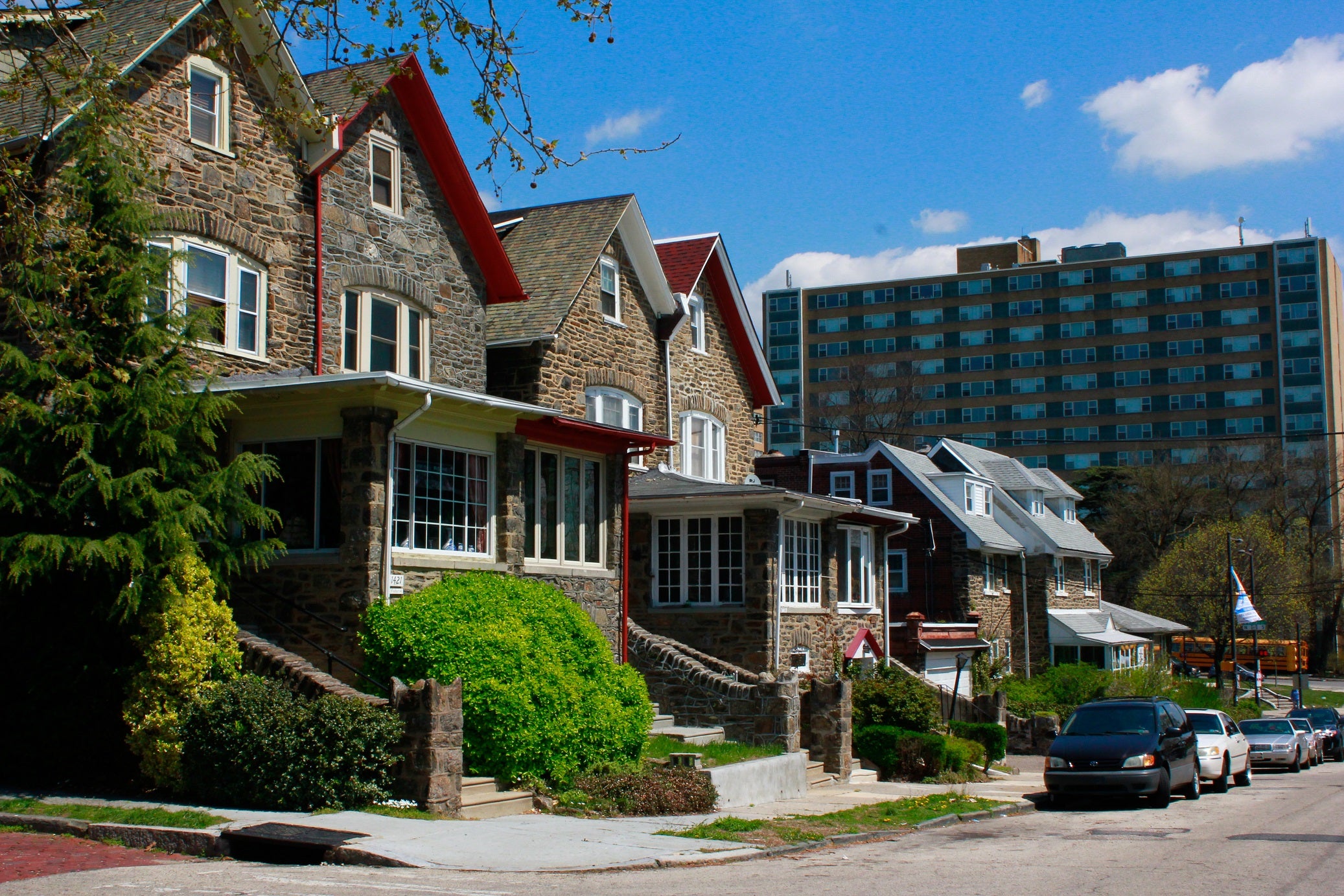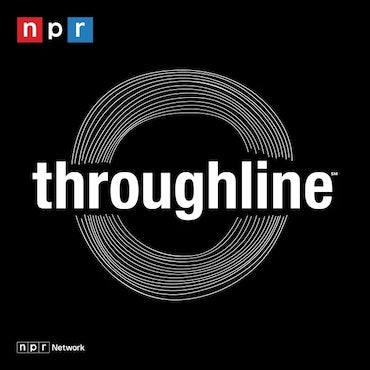Upper North District Plan focuses on Logan Triangle, boosting Broad, keeping neighborhoods stable

At the final community meeting for the Planning Commission’s Upper North District Plan, the fruits of the previous four and a half months’ work were arrayed on placards in a half moon around a circular chamber in the Einstein Medical Center’s Braemer building. Staffers dotted the room, fielding questions from the dozens of attendees from the region in question.
“They seem to know the area and that’s a good feeling,” says Joanne White as she considers one of the placards about the Planning Commission’s designs for the area around the busy intersection of Broad Street and Olney Avenue. “It doesn’t feel like someone is coming in and taking over your neighborhood with no input from the community.”
Monday’s meeting was the Planning Commission’s third meeting about its plans for the Upper North District, which stretches from Nicetown up to the Oak Lanes and East Mt. Airy to the city line. The first took place in Olney and involved a basic analysis of the district, its strengths, and challenges. The second took place in the West Oak Lane senior center, attracting 224 residents (most of them from the immediate neighborhood), and asked for specific recommendations about what the plan should focus on.
At Monday night’s meeting the series continued to enjoy impressive attendance rates, with at least 141 non-staff attendees crowding the room. “This is excellent for a third session,” enthused Nicole Ozdemir, a planning commission staffer monitoring the door.
The Upper North District includes Logan, Olney, Fern Rock, Ogontz, Belfield, Melrose Park Gardens, Nicetown, East and West Oak Lane, and East Mt. Airy. It reflects a geography in between. These neighborhoods aren’t experiencing the kind of gentrification moving slowly outward from the city center. Nor do they face the distinctive pressures of neighborhoods bordering large institutions of higher education, like Mantua or the areas of North Philadelphia adjacent to Temple.
Instead the Upper North District suffers from the challenges facing many of the older outlying neighborhoods, like slipping median incomes and an aging population. But in most areas large scale vacancy isn’t a threat. Home and car ownership rates are higher than in neighboring Germantown or lower North Philadelphia. The Planning Commission’s goals for the district are designed to maintain the area’s present state, improve livability, and plan for the future.
“How do we stabilize and renew housing and make sure it is available to people of different income levels and age cohorts,” asks Ian Hegarty, city planner for the Upper North and Upper Northwest, before the meeting began. “The district is bifurcated between a growing younger population, primarily driven by immigration groups. Then there are older age brackets, which are also growing from people ageing and retiring. Those are really different housing needs.”
The plan’s recommended zoning changes are meant to preserve the neighborhoods as they are, recognizing how the neighborhood developed by eliminating old expectations established by 1950s-era planners who projected a greatly expanded population. As in most districts, there are corners of Upper North that the commission wants to downzone to single family residential from its current multi-family zoning, recognizing the neighborhood’s current state and the fact that it never grew as much as planners assumed it would after the Second World War.
The Planning Commission also hopes to see significant growth at the key intersections along Broad Street, which are host to four subway stations. In the blocks adjacent to many of the Broad Street Line stops in Upper North, the commission wants to upzone to CMX-3—which would allow for mid-rise commercial and residential development—in the hopes that developers of the future will want to build dense apartments for commuters around the stations.
The Upper North District Plan also emphasizes the need for enhancements to pedestrian and vehicular safety around several are also focused around these heavily trafficked intersections. The intersection of Broad and Olney is notoriously dangerous, commonly listed as one of the top five most dangerous intersections in the city. Proposals included curb extensions, modernized crosswalks, and a modest road diet for strips of Old York Road closest to the hubs where crashes are most likely to occur.
The commission’s hopes for the Upper North District’s future also extend to the blighted Logan Triangle area, which once hosted a notorious housing development that began sinking during the 1950s. It turned out the original developer wanted to build on a creek bed in the 1920s and proceeded to fill it with coal ash. Predictably, this substance didn’t prove particularly durable. By the 1980s the houses became untenably dangerous and as they were bulldozed the debris, lead paint very much included, were left to molder in the ground. The Philadelphia Redevelopment Authority owns the 40 acres now, by far the greatest concentration of vacant land in the Upper North District. But remediating the soil is estimated to cost at least $50 million and negotiations with developer Ken Goldenberg have been on ongoing for well over a year.
“Logan Triangle is probably the biggest planning issue in this district,” says Hegarty. The district plan calls for architectural continuity with the surrounding blocks, mixed uses, and a guarantee of access to non-automotive forms of transportation.
Although most attendees seemed to greet the Upper North plan with magnanimity, the question of Logan Triangle produced numerous expressions of impatience.
“We are looking for things to start because it’s been down a long time,” says Shirlene Bennett. “We want them to do something with our tax dollars. We keep coming to meetings, coming to meetings, coming to meetings. Well, now it’s time for something to be done.”
WHYY is your source for fact-based, in-depth journalism and information. As a nonprofit organization, we rely on financial support from readers like you. Please give today.





